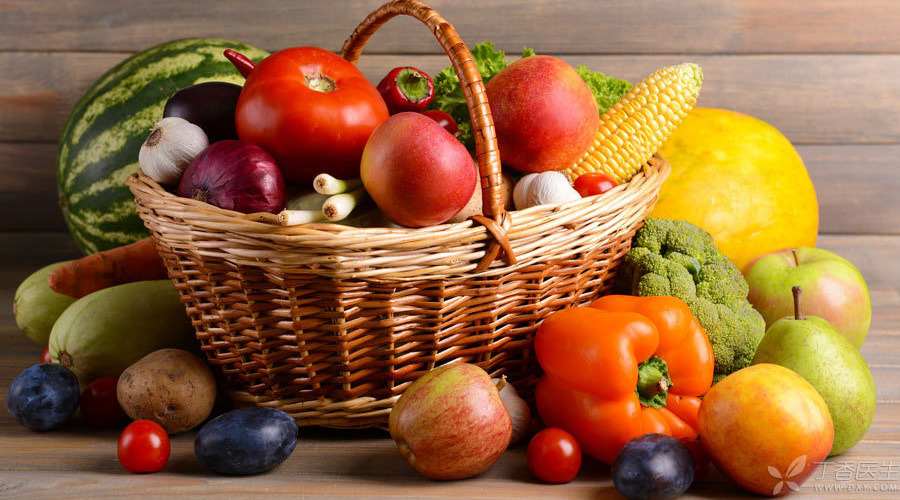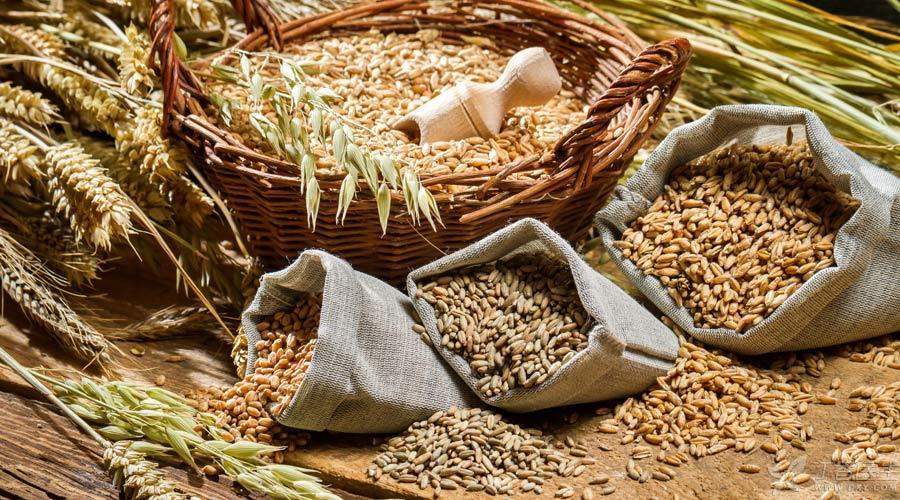
Dr. Clove often hears such questions from diabetics:
Doctor, can eating what reduce blood sugar?
In line with the scientific and rigorous attitude, the general clove doctor will answer like this:
The diet of diabetics is a balanced diet based on the control of total energy. Attention should be paid to balanced nutrition, instead of what kind of food one wishes to eat to control blood sugar or even reduce blood sugar.
For example, Dr. Clove has answered sugar friends’ questions about the hypoglycemia of balsam pear and pumpkin on more than one occasion, and has also sent articles on this matter.
Click to view: Can balsam pear reduce blood sugar? Can pumpkin reduce blood sugar?
If you carefully read the answers in the above two articles, careful sugar lovers will find that there is a word in both articles: dietary fiber. Moreover, both articles mentioned that dietary fiber is helpful to control blood sugar.
Yes, if you don’t look at individual foods, but at food ingredients, dietary fiber is a small expert in sugar control, which can help everyone stabilize blood sugar.
Dietary Fiber, Sugar Stabilization Expert
Dietary fiber can help stabilize blood sugar for two reasons.
First of all, dietary fiber can slow down the digestion of food.
As we all know, the main factors that affect our blood sugar in food are carbohydrates, specifically various staple foods rich in starch, such as rice and steamed bread. Starch in food is digested, converted into glucose, absorbed into blood, and becomes the source of our blood sugar.
For the same amount of starch, if digested quickly, a large amount of glucose will enter the blood in a short period of time, causing a sharp rise in postprandial blood sugar and a fluctuation in blood sugar. On the contrary, if digestion is slow, the blood sugar will rise slowly and the postprandial blood sugar will be relatively stable.
Dietary fiber, on the other hand, can help slow digestion, which means that if we eat foods rich in high fiber, starch in the food digests slowly and glucose is slowly absorbed into the blood. Therefore, high fiber foods help maintain moderate blood sugar levels after meals.
Secondly, dietary fiber can help increase satiety.
If you feel full, your stomach is not so easy to feel hungry. In this way, you can help sugar lovers control their appetite, avoid losing your mouth and eating too much food. Of course, you can help stabilize your blood sugar. For sugar lovers who need to lose weight, this ability of dietary fiber is even more rare.
What is more valuable is that dietary fiber can also help reduce blood cholesterol levels and reduce the risk of cardiovascular diseases. For sugar lovers with high cholesterol and obesity, eating more dietary fiber in an appropriate amount is killing three birds with one stone.

Dietary fiber, where do you get it?
Dietary fiber mainly exists in whole cereals, potatoes, beans, vegetables and fruits.
Common sources are:
- Whole grain coarse cereals: such as brown rice, bran, millet, black rice, oats, whole wheat flour, etc.; Potato: such as sweet potato, purple potato, potato, etc.; Beans: such as soybeans, red beans, mung beans, black beans, kidney beans, etc. Vegetables: such as green beans, tender broad beans, peas, beans, amaranth, spinach, broccoli, lettuce, carrots, etc. Fruits: such as cherries, peaches, apples, pears, strawberries, grapefruit, oranges, etc.
In addition, various algae and mushroom foods, such as kelp, laver, mushroom, Flammulina velutipes, etc., also have high dietary fiber content.

How much is enough dietary fiber?
For diabetics, it is recommended to take 25 ~ 30g dietary fiber every day.
How do you eat enough for a day? Dr. Clove told us some practical methods:
1. Match the thickness of staple food
For example, on the basis of controlling the total amount, rice and various coarse grains are mixed and cooked together to make coarse cereal rice. It is also a good choice to cut sweet potatoes, purple potatoes and other potatoes into small pieces and cook together.
2. Ensure sufficient vegetables
Ensure to eat at least 500g of vegetables every day, especially all kinds of tender beans and pod vegetables, such as green beans, tender broad beans, peas and beans; Vegetables with large leaves, dark colors and thick stems are also good choices.
Step 3: Eat more beans
About 5 grams of dietary fiber can be provided for every 50 grams of beans. We can also add various beans to coarse cereal rice and cook them together to make coarse cereal rice. In this way, the variety of food is increased and the intake of dietary fiber is ensured.
4. If your blood sugar is stable, you can also eat a proper amount of fruit.
This is not to say that in order to eat dietary fiber, one can let go of one’s stomach and eat fruit. Sugar lovers have skills in eating fruit, how much to eat and which to choose.
How should sugar lovers eat fruit? Click: Can I still eat fruit with diabetes?
Here, we should remind everyone that although dietary fiber is good, it should not be excessive.
Excessive dietary fiber, for patients with poor digestive function, gastrointestinal burden is not small, and may even lead to abdominal distension and diarrhea. Moreover, excessive insoluble dietary fiber may also affect the absorption of calcium, iron and other trace elements.
Therefore, it is still the same sentence: a balanced diet for diabetes is the most important.
